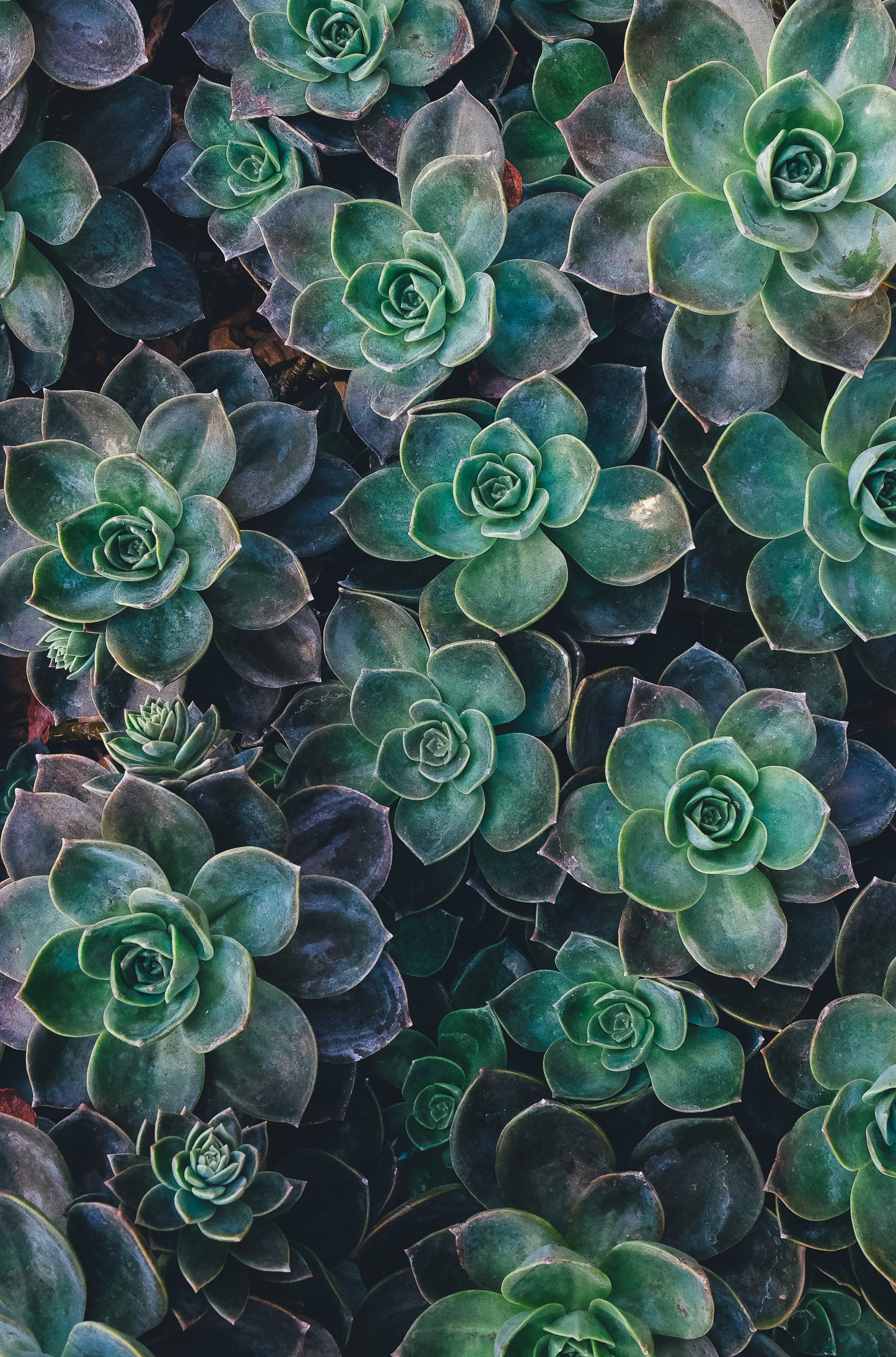
When Clutter & Collecting Becomes Hoarding
Whether you live in a cozy one-bedroom apartment, a spacious single-family home, or somewhere in-between, we’ve all got an abundance of stuff.
Recent research from the Environmental Protection Agency (EPA) shows the US produces 268 million tons — yes, tons — of waste every year.
But what about the stuff we don’t throw away that accumulates over time?
Maybe it’s a collection of antique furniture passed down from your grandparents. Stacks of tax returns that never made it to a filing cabinet. Old magazines and VHS tapes. Clothes and shoes you convince yourself you’ll wear someday.
When does holding on to nonessential items, rather than paring down, become problematic? And what’s the difference between clutter versus hoarding?
When Clutter Descends Into Chaos
Even if you haven’t watched an episode, chances are you’ve probably stumbled across one of the reality TV shows featuring people who struggle with hoarding disorder. No doubt, the producers of these programs select the most extreme examples for maximum shock value, but hoarding disorder is multifaceted and probably more common than you may realize.
The American Psychiatric Association (APA) estimates that 2.6% of the population struggles with hoarding disorder.
The American Psychiatric Association (APA) estimates that 2.6% of the population struggles with hoarding disorder. For people over 60 or people who’ve been diagnosed with anxiety or depression, that percentage increases, making it twice as many as those who struggle with obsessive-compulsive disorder (OCD).
Hoarding disorder is no respecter of sex and affects men and women with equal frequency. It also grows in severity the older you get. For example, APA studies shared by JSTOR Daily show that people ages 55 to 94 struggle with hoarding disorder three times as much as those ages 34 to 44.
And as you might imagine, the consequences of hoarding can put a severe strain on relationships, work productivity, and your personal well-being and safety. But what distinguishes someone who needs to consider renting a storage unit from someone who struggles with hoarding disorder?
There are several key markers that separate the former from the latter.
Is Hoarding a Mental Health Disorder?
Hoarding disorder is a condition recognized in the Diagnostic and Statistical Manual of Mental Disorders, Fifth Edition (DSM-5). Unlike someone who collects Funko Pop! figures, travel souvenirs, or sports memorabilia in an intentional manner, hoarding is often marked by impulsivity.
With hoarding, there’s little connection between the items being acquired and an organized method of storing or displaying them, as opposed to someone who collects specific and meaningful items. Hoarding often lacks focus and intention, one of the many hallmarks of hoarding disorder symptoms.
Hoarding often lacks focus and intention, one of the many hallmarks of hoarding disorder symptoms.
The APA has identified other hoarding disorder symptoms including:
- Difficulty parting with possessions regardless of their monetary value
- Assigning too much emotional value to objects and feeling distress over them being donated or thrown away
- Acquiring more items because they’re either on sale, remind them of happier times, or you’ll “need them later”
- Worrying about someone misplacing your items or discarding them without your consent
- Inability to declutter an area essential to your livelihood without the help of a family member, friend, or cleaning service
- Risking your health, career, or relationships because clutter makes you unable to use the rooms in your home or find things you actually need
- Feeling distress from all the clutter yet remaining powerless to do anything about it
While it’s tempting for loved ones to want to step in and simply clear the clutter, it’s far more complicated when people are older and set in their ways. And for many adult children of hoarding parents, confronting the issue can be stressful.
How to Help Someone Who Is Hoarding
In The New York Times Magazine, columnist Kwame Anthony Appiah, also known as “The Ethicist,” recently addressed the question of whether a child of a hoarder is obliged to help his mother.
Appiah’s response underscores the nuances of the struggle.
“If it’s hard to treat hoarders who want to get better, the challenge is greater still with hoarders who don’t recognize themselves as such,” Appiah says. “And because hoarders find it distressing to get rid of their stuff, simply offering to help clear things away isn’t likely to go down well. Nor is pointing out that the items in the hoard are not of any actual use.”
What Appiah notes is it’s unlikely her son will be able to help his mother on his own, he recommended seeking help from a mental health professional who can suggest therapies that will be helpful in addressing her hoarding and any underlying mental health conditions.
Treatment for Hoarding and More
Do you or someone you love struggle with hoarding disorder symptoms? The Meadows Outpatient Center can help with comprehensive, compassionate treatment that fits your busy schedule. With a variety of locations across the country. in addition to virtual options in those same states, getting care has never been easier or more convenient.
Whether you’re dealing with emotional trauma, depression, anxiety, or addiction, change is possible. Get in touch with our caring professionals at The Meadows Outpatient Center to begin your journey to lasting healing today.

Reach Out Today
Convenient, comprehensive care is available. Your next chapter can start right now.